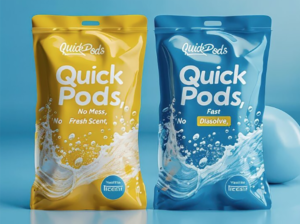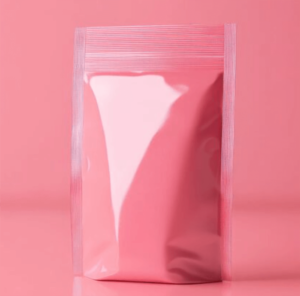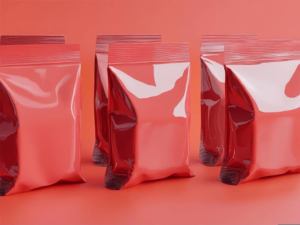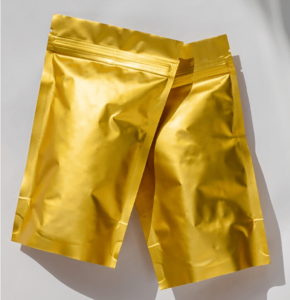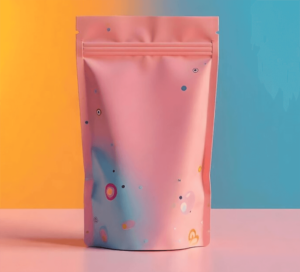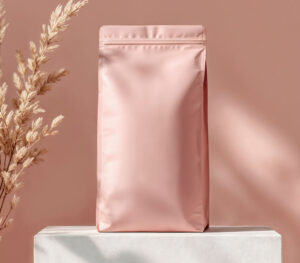What Do Pet Owners Really Want from Food Packaging?
Is your pet food packaging failing to connect with owners? In a crowded market, generic bags get overlooked, potentially hurting your brand’s perception and sales. Let’s explore what truly matters to them.
Pet owners seek packaging that guarantees freshness, clearly lists ingredients, offers convenience like resealability, is sustainable, and visually appeals to their love for pets. Meeting these demands builds trust and drives purchase decisions.
Walking down the pet food aisle, it’s clear that packaging plays a huge role. As someone who supplies packaging materials, I see firsthand how brands struggle to get it right. Pet owners today aren’t just buying food; they’re buying nutrition, health, and happiness for a beloved family member. They look closely at the bag – not just for ingredients, but for signs of quality, convenience, and care. Understanding these expectations is the first step to creating packaging that doesn’t just hold food, but also captures hearts and loyalty. Let’s dive into what makes pet owners choose one bag over another.
Is Balancing Quality and Budget in Pet Food Packaging a Challenge for Manufacturers?
Feeling squeezed between premium demands and tight budgets? Pet owners want top-notch packaging, but cost pressures are real. Striking the right balance is essential for profitability and market competitiveness.
Manufacturers balance quality and budget by optimizing material choices (e.g., PET/PE vs. recyclable PE/PE), standardizing pouch sizes, using efficient printing techniques, and understanding which premium features (like specific zippers) truly add value for their target customer.
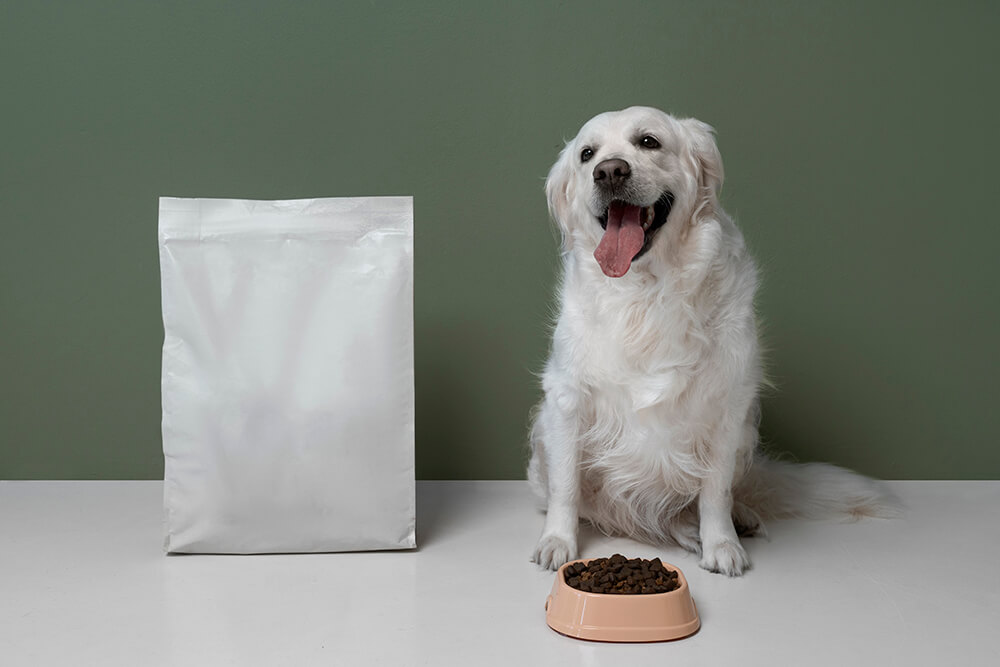
Finding the Sweet Spot: Quality vs. Cost
Every pet food manufacturer I talk to faces this dilemma. You want packaging that screams quality – durable materials, great printing, convenient features – but you can’t price yourself out of the market. Achieving this balance requires strategic thinking.
Material Selection Trade-offs: High-barrier materials like foil or metallized PET offer excellent protection but cost more and can be less eco-friendly. Standard PET/PE offers good performance at a moderate cost. Newer recyclable mono-materials like PE/PE might require thicker gauges or special coatings to achieve similar barriers, impacting cost differently. We need to analyze the specific barrier needs of your product (kibble vs. wet food vs. treats) and match them to the most cost-effective material that works.
Feature Prioritization: Does your specific customer really need a top-slider zipper, or would a standard press-to-close suffice? Is a full matte finish necessary, or could a targeted matte varnish achieve a premium feel at lower cost? Understanding which features drive purchase for your audience is key. Sometimes, simpler is better and cheaper.
How Is Smart Packaging Revolutionizing the Pet Food Industry?
Is your packaging just a container? Competitors are using technology to engage customers and ensure safety. Falling behind on smart packaging1 trends could mean missing valuable connections.
Smart packaging uses features like QR codes, NFC tags, or even embedded sensors to offer enhanced traceability, consumer engagement (feeding guides, brand stories), authentication, and sometimes freshness monitoring, adding significant value beyond basic containment.
Are There Eco-Friendly Pet Food Packaging Options That Don’t Compromise Quality?
Concerned that switching to eco-friendly packaging2 means sacrificing product freshness or durability? Pet owners won’t accept stale food or split bags. Maintaining quality is non-negotiable.
Yes, quality can be maintained. Advances in materials science allow eco-options like recyclable mono-materials with specialized barrier coatings (EVOH, AlOx) or slightly thicker gauges, and robust paper laminates to achieve necessary protection and durability without compromise.
What Are the Essential Safety Standards for Pet Food Packaging Manufacturers Need to Know?
Are you confident your packaging materials are safe for pets? Contamination or unsuitable materials can lead to health issues and recalls. Ensuring packaging safety is fundamental.
Manufacturers must use food-grade materials compliant with regulations (like FDA in the US), ensure inks and adhesives are safe for indirect food contact, prevent chemical migration from packaging to food, and maintain package integrity to prevent contamination.
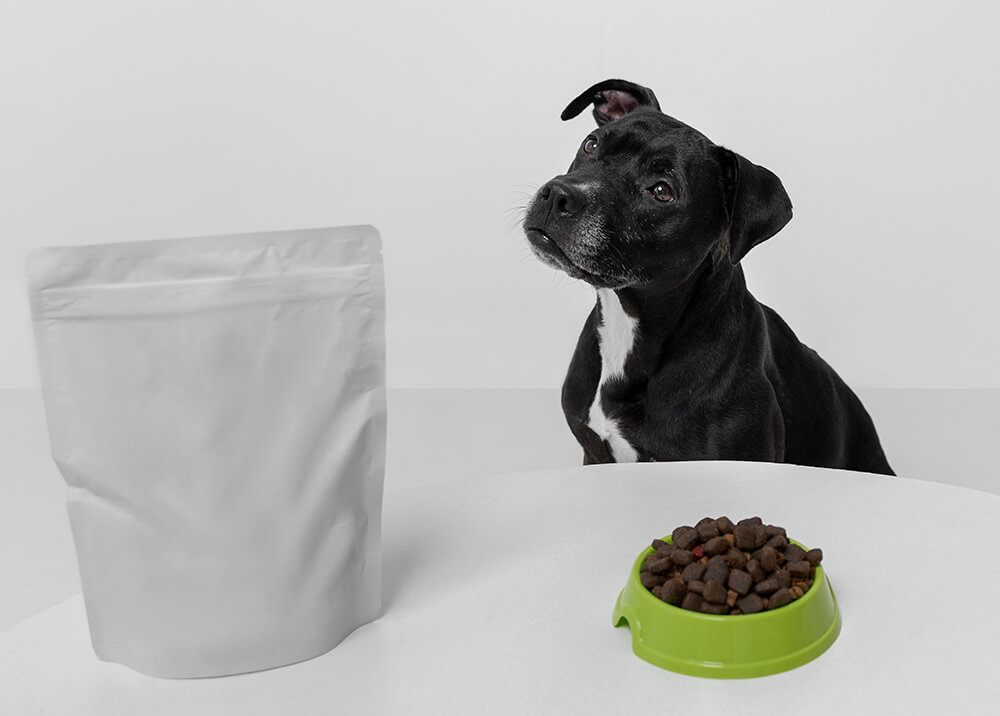
Ensuring Package Safety: Non-Negotiables
Packaging safety is paramount in the pet food industry. While specific regulations vary by region, the core principles remain the same. Pet owners trust that the packaging itself won’t harm their pets. Here’s what manufacturers absolutely need to focus on:
Food-Grade Materials3: All materials directly or indirectly contacting the pet food must be certified as food-grade. This means they are produced using components that are considered safe for contact with food products. This applies to the plastic films, paper, foils, sealants, and even zippers. We, as suppliers, provide documentation confirming compliance (e.g., FDA or EU compliance statements).
Ink and Adhesive Safety: Printing inks and the adhesives used to laminate layers together must be formulated for food packaging applications. Low-migration inks are often preferred, especially for printing on the inside or where ink might indirectly contact the food. Adhesives must cure properly to prevent residual solvents from migrating.
Migration Testing: This involves testing whether substances from the packaging material can transfer (migrate) into the food product under intended use conditions (e.g., storage time and temperature). Limits are set by regulatory bodies for specific substances. Testing ensures these limits are not exceeded.
Seal Integrity: Proper sealing is crucial not only for freshness but also for safety. Weak or incomplete seals can allow microbial contamination or pest infestation. Testing seal strength and integrity during production is vital.
Good Manufacturing Practices (GMP): The facility producing the packaging should follow GMPs to prevent contamination during the manufacturing, printing, slitting, and bag-making processes. This includes pest control, hygiene protocols, and quality control checks.
We take these standards incredibly seriously at Noupack. Our production processes are designed to meet international food safety requirements, providing peace of mind for our clients and the pet owners they serve.
What Are the FDA Requirements for Pet Food Packaging: A Comprehensive Guide?
Unsure about FDA rules for your pet food packaging? Non-compliance can lead to warnings, recalls, or import refusals. Understanding US regulations is critical for market access.
FDA requires pet food packaging to include: proper product identification, net quantity statement, manufacturer/distributor name and address, and an accurate ingredient list in descending order by weight. Packaging materials must be safe and suitable for their intended use.
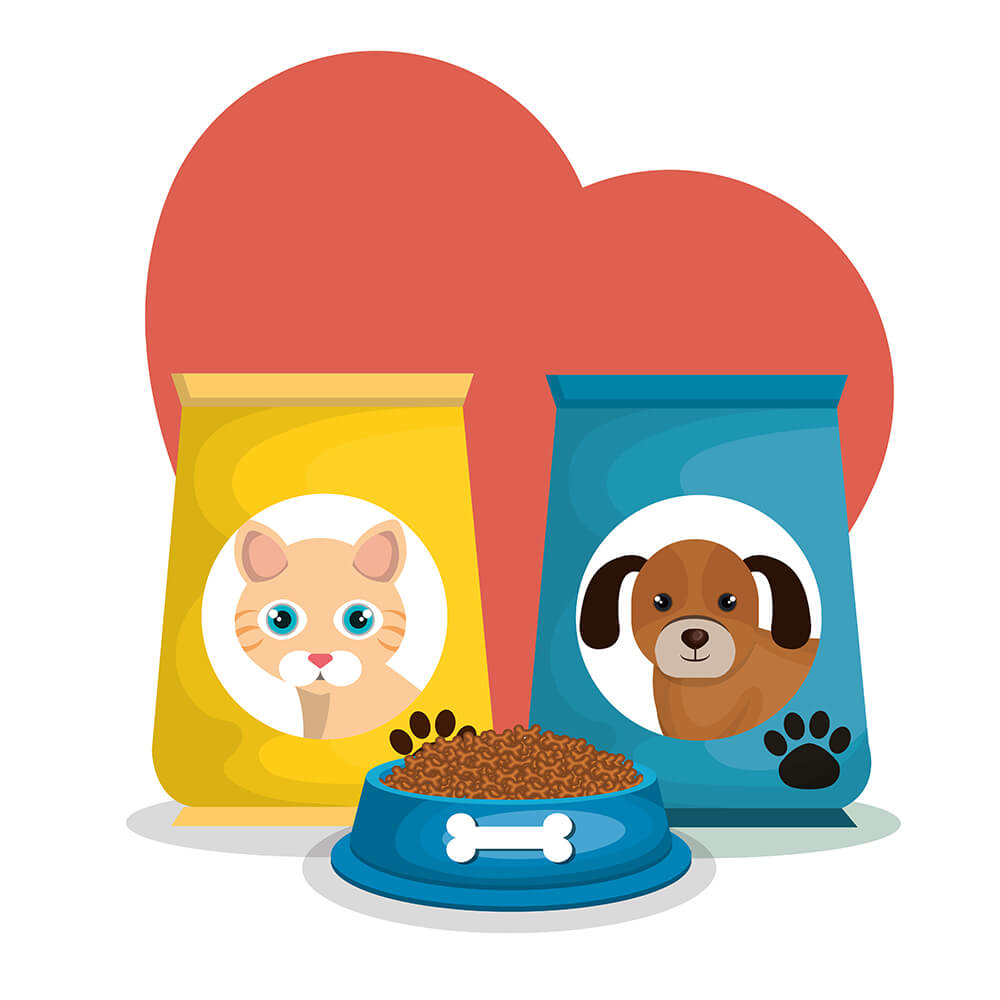
How Can You Design Pet Food Packaging That Boosts Brand Recognition and Sales?
Is your packaging getting lost on the shelf? Generic or confusing designs fail to attract buyers. Effective design is crucial for standing out and driving purchase decisions.
Boost recognition and sales by using strong branding (logo, colors), clear communication hierarchy (key benefits first), appealing imagery (healthy pets), functional elements (windows, resealability), and materials/finishes that convey the desired quality level (e.g., matte for premium).
Tapping into the Pet Parent Mindset
Pet owners often view their pets as family members. Packaging design needs to tap into this powerful emotional connection. It’s about making the owner feel they are making the best choice for their beloved companion.
- Color Psychology:
- Earth Tones (Browns, Greens): Often signal natural, wholesome ingredients.
- Blues and Whites: Can convey trust, cleanliness, and sometimes a scientific or medical positioning.
- Reds and Oranges: May suggest energy, meat content, or grab attention for treats.
- Black or Gold: Often used to denote premium or luxury products.
- Imagery and Emotion: The type of pet shown matters. A playful puppy evokes different feelings than a stately older dog. Images focusing on shiny coats, bright eyes, and vitality appeal to the desire for pet health. Pictures showing human-pet interaction tap into the companionship bond.
- Font Choice: Serif fonts can feel traditional and trustworthy. Sans-serif fonts often look modern and clean. Playful fonts might be used for treats, while more sophisticated fonts suit premium or specialized diets.
- Wording and Claims: Words like “natural,” “organic,” “holistic,” “vet recommended,” or “proven” appeal to specific desires for health and trustworthiness. The tone of voice – scientific vs. warm and friendly – should match the brand personality.
- Texture and Finish: A smooth matte finish can feel sophisticated and modern. High gloss might seem energetic or value-oriented. Embossing or tactile varnishes add a premium touch that suggests quality through sensory experience.
- The “Humanization” Trend: Designs often mirror human food trends (e.g., “superfoods,” specific protein sources like salmon or duck). This reflects owners projecting their own dietary awareness onto their pets.
Understanding these psychological triggers allows manufacturers to design packaging that resonates on a deeper level, moving beyond simple product identification to creating genuine brand preference.Conclusion
Pet packaging bags are booming with the thriving pet industry. Our company, Noupack, is committed to providing customers with more and better quality pet packaging bag products.
Connie
[email protected]
www.noupack.com
Noupack – Your Trusted Partner in Flexible Packaging Solutions from China.
- Discover how smart packaging technologies enhance customer engagement and product safety in the pet food market. ↩
- Explore innovative eco-friendly packaging solutions that maintain quality and freshness without compromising on durability. ↩
- Understanding food-grade materials is essential for ensuring pet safety and compliance with regulations. Explore this link for detailed insights. ↩

